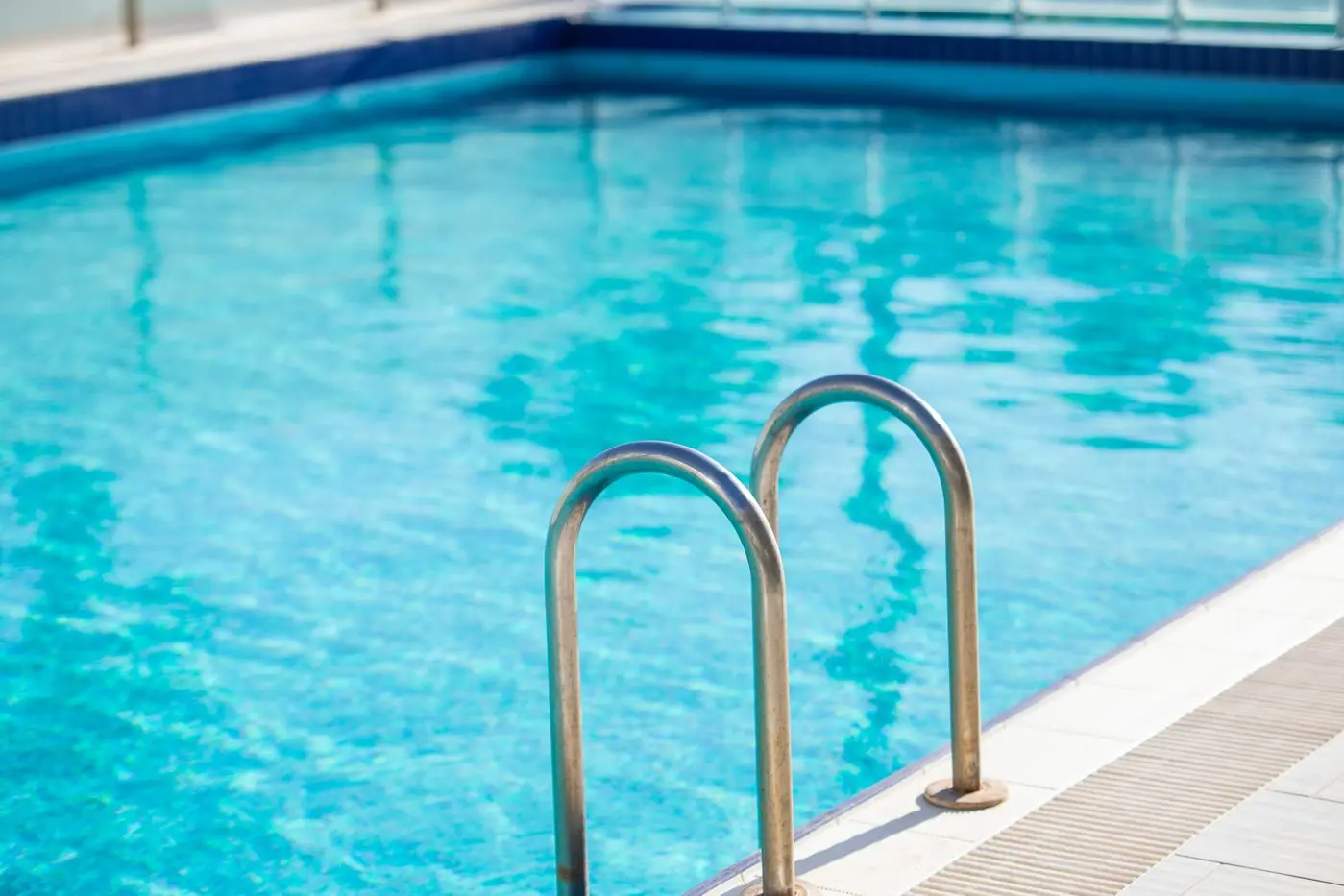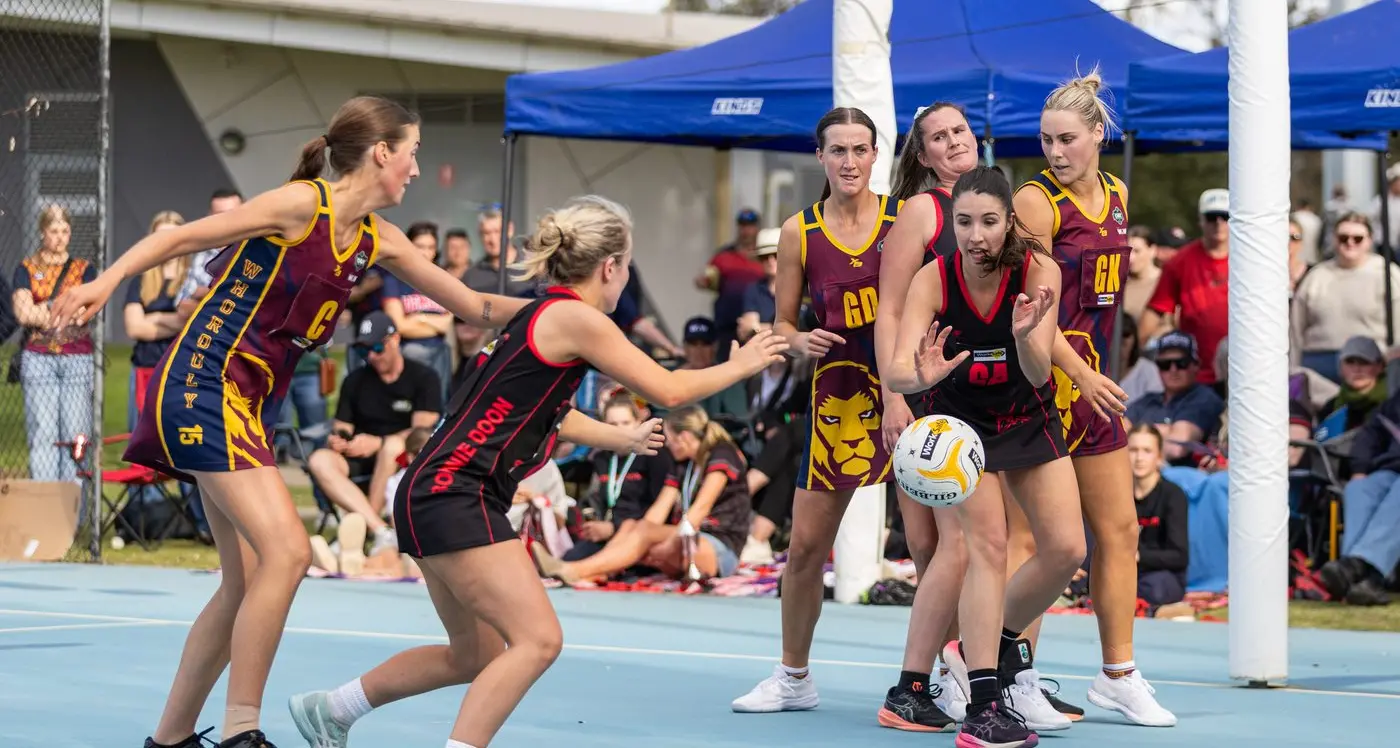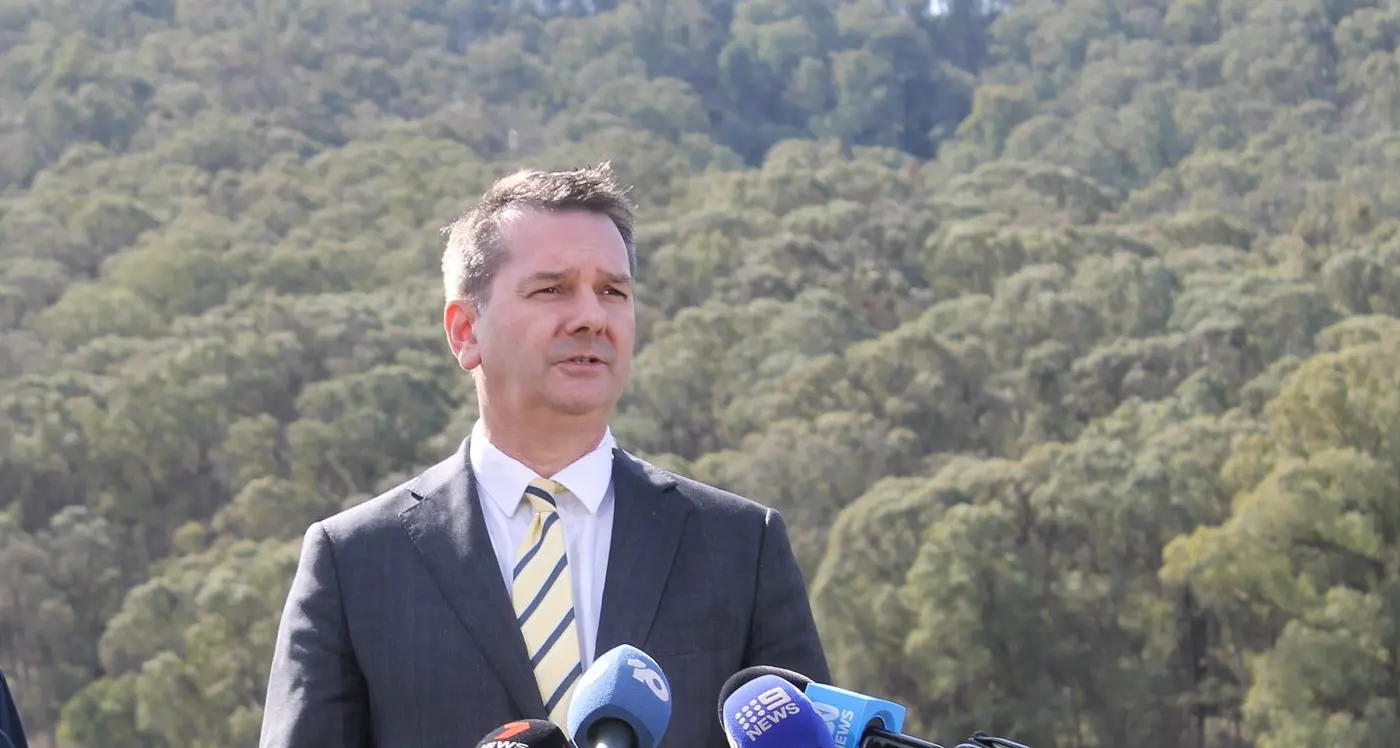Pool safety this summer
WITH summer approaching, it is important to be prepared to ensure your swimming pool is safe for children. The home pool environment is often a place of fun and enjoyment. However, home pools are associated with a high risk of drowning, particularly...
November 29, 2022 • 01:00





